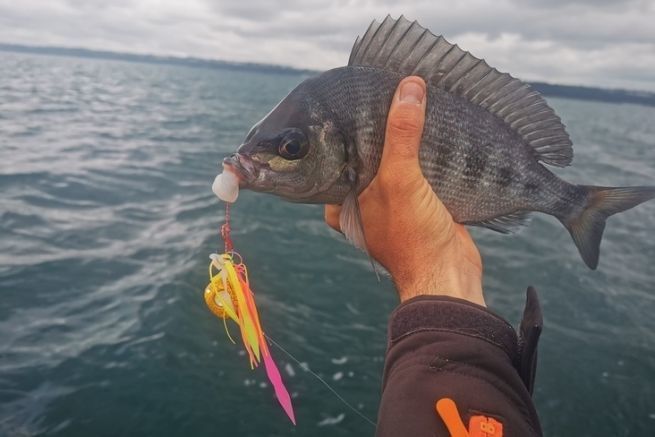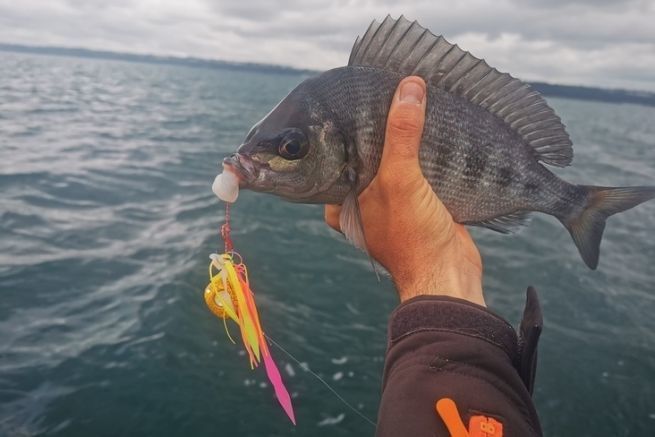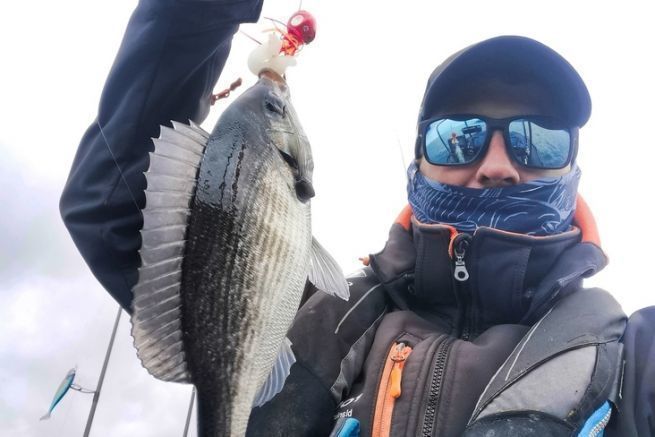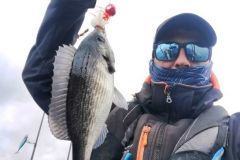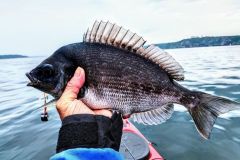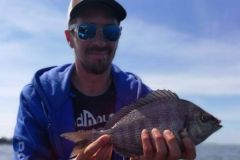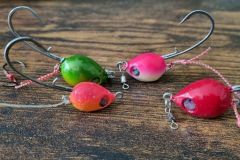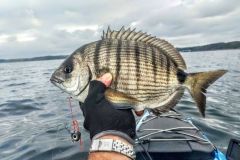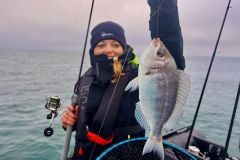Baits
There are several ways of fishing for sparids, and more particularly sea bream. The one I use most often, and which brings me excellent results, is to use a madaï-type lure on which I place a bait.
- Cuttlefish white has the advantage of being very resistant when baited, and will resist the timid touches of sea bream. I use it either fresh or defrosted. I bait small strips about 3 to 4 cm long by 0.5 cm wide.
- My second favorite bait is cockles. After catching a few on foot, I open them in a pan (without cooking them) and then store them in coarse salt. This hardens them and preserves them for several months. This method of preservation means that I can leave them in the boat at all times, so as to avoid forgetting them before setting sail - and believe me, this has happened to me several times.
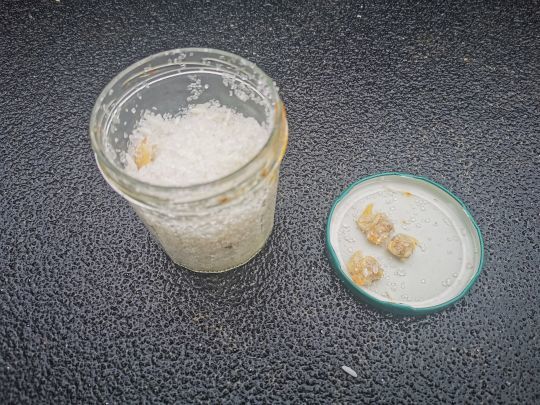
Decoys
There's no shortage of that!
You've got the traditional sea bream machine guns, with 2 or 3 stacks but, personally, I prefer the use of madais.
These small lures, weighing from 10 to over 100 grams for the heaviest models, are an imitation of a small octopus, armed with 2 hooks concealed in a rubber skirt imitating the tentacles.

During animations, the soft rubber skirts attract predators.
I come to bait the hooks. The hooks should be strong and extremely prickly to ensure effective striking.
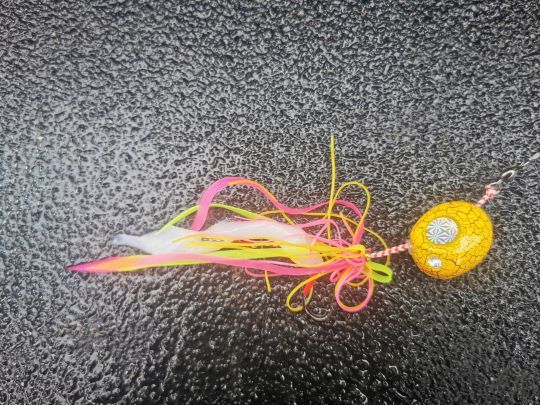
I like bright colors like yellow or red, leaded in 60 grams for use on 20 to 30 m depths. It may seem heavy, but I'm sure of keeping constant contact with the bottom. For beginners, this has the advantage of reducing the banner created by the wind.
An alternative that I use more and more is to use a jig mounted with an assist hook on which I place the bait. This method allows me to increase the chances of catching other fish interested in the jig's descent.
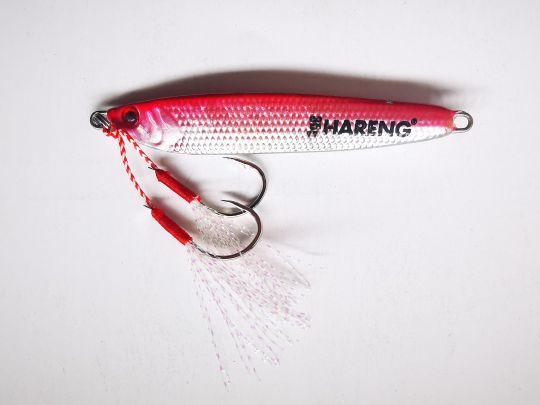
Rod and reel
Some products, designed for iso Fishing (as it's known in the industry), are specially dedicated to this technique. These rods have the advantage of an extremely flexible tip (solid carbon for some models).
In our case, we're talking about traditional equipment that everyone can buy or already owns. A 2.10 m rod with a casting weight of 15/40 or 10/35 grams will do. Avoid tip actions and prefer more moderate or parabolic ones. This will reduce the risk of unhooking your catch.
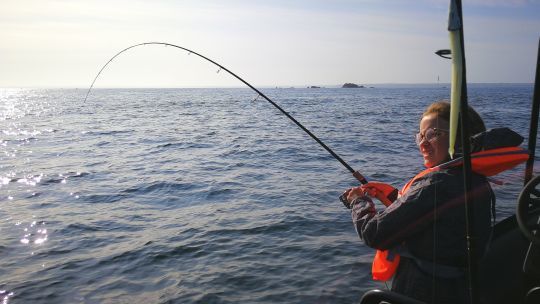
A reel of size 3000 or 4000 is suitable and you will fill it with PE 1.2 braid terminated with fluorocarbon in 12 or 14 lbs for discretion.

 /
/ 